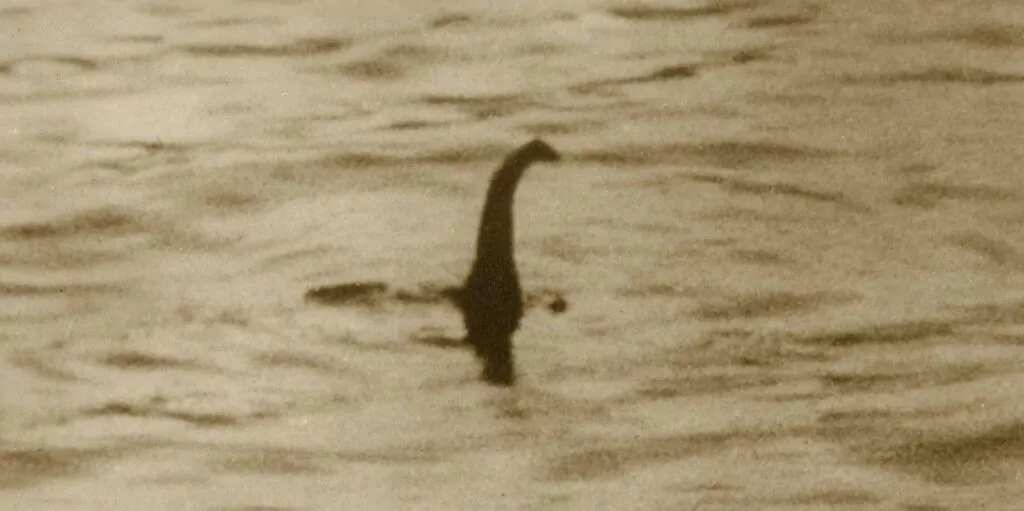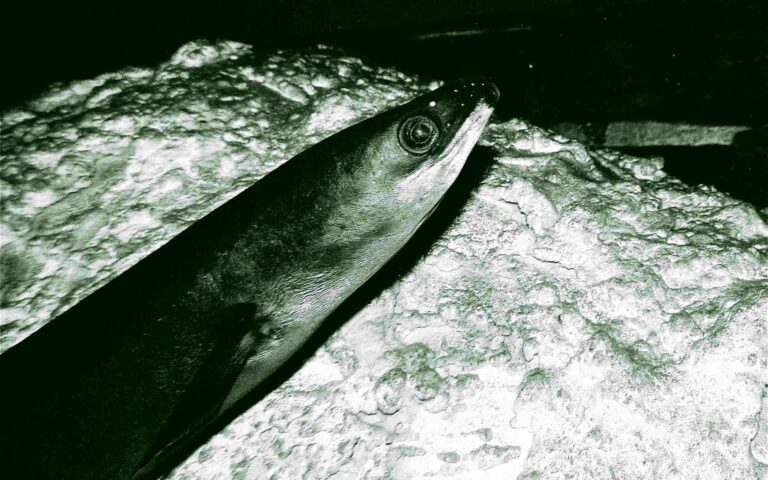What must be one of the final nails to be hammered into the Loch Ness Monster’s coffin has come in the form of a new study by a data analyst.
The legendary monster has remained one of the world’s longest-enduring mysteries but, with most theories discounted over the decades, one of the last remaining was that the reported sightings were of one or more European eels (Anguilla anguilla) that had grown to extraordinary size in the loch’s depths, which extend to 230m.
There had long been rumours about a monster in the Scottish freshwater lake when in 1934 actor Marmaduke Wetherell claimed in the Daily Mail to have found footprints by the loch. These turned out to have been made by a practical joker, using a hippo’s-foot umbrella stand.
To get revenge after being publicly ridiculed by the newspaper, Wetherell and his son concocted a photograph for his friend Robert Kenneth Wilson, a surgeon, to sell to the Mail. The famous “surgeon’s photograph” was not denounced as a hoax for more than 40 years, by which time there had already been countless supporting claims of monster sightings.

Yet decades of scuba-diving expeditions by underwater photographers and the use of submersibles, sonar surveys, hydrophones, long-lining and trawling had returned no more than “ambiguous sonar signals, low-quality photographs and unidentifiable sound recordings”, says data analyst Floe Foxon of the Folk Zoology Society, who has undertaken the new study.
In the 1970s biologist Roy Mackal collected European eels from the loch and concluded that large specimens would be consistent with eyewitness “monster” descriptions of an extremely flexible, dark creature with an elongated head-neck and pectoral fins. Physicist Carl Sagan contended that Loch Ness could host a population of three hundred 10m-long creatures.
In 2018 Neil Gemmell hoped to put the myth to rest by carrying out an environmental DNA study to create a database of every species in the loch. He found “extraordinary” amounts of eel DNA, raising the possibility that unusually large specimens lurked there. And a large, eel-shaped animal was filmed in the River Ness by the Ness Fishery Board.
20,000 eels analysed
Foxon has taken a practical approach to testing the “eel hypothesis” by analysing catch data from the loch and other European inland waters. His just-published study includes data on some 20,000 eels, allowing him to assess the likelihood of anyone observing a specimen matching previous estimates of the Loch Ness Monster’s size – generally reckoned to be around the 6m mark.
The maximum length recorded for a European eel was 0.932m, Foxon found, leading him to conclude that the chances of encountering even a 1m-long eel were about 1 in 50,000. However, he says that the existence of eels even of that size might explain some reported sightings of unidentified creatures.
One European eel had reportedly lived to the age of 155, yet it had not grown to a remarkable size in that time – because, says Foxon, eel growth is “non-linear” and slows as it ages. The physiologically feasible maximum length for Anguilla anguilla he estimates to be 1.3m – far short of “monster” status.

“The probability of finding a specimen upward of 6m is essentially zero”, says Foxon, pouring cold water on Nessie-fanciers’ dreams. “Therefore, eels probably do not account for sightings of larger animals.”
On the basis of the research, he reckons there are likely to be around 8,000 of the eels in Loch Ness at any given time.
“In this new work from the Folk Zoology Society, a much-needed level of scientific rigour and data are brought to a topic that is otherwise as slippery as an eel,” comments Foxon. “Contrary to popular conception, the intersection between folklore and zoology is amenable to scientific analysis and has the potential to provide valuable insights into anthro-zoological phenomena.”
His peer-reviewed study is published in JMIRx Bio.
Also on Divernet: Were ancient sea monsters trap-feeding whales?, Ricou Browning: last Universal monster star, The Ice Monster and more, Headless chicken monster goes south, 18 strangest dives by our Divernet readers

